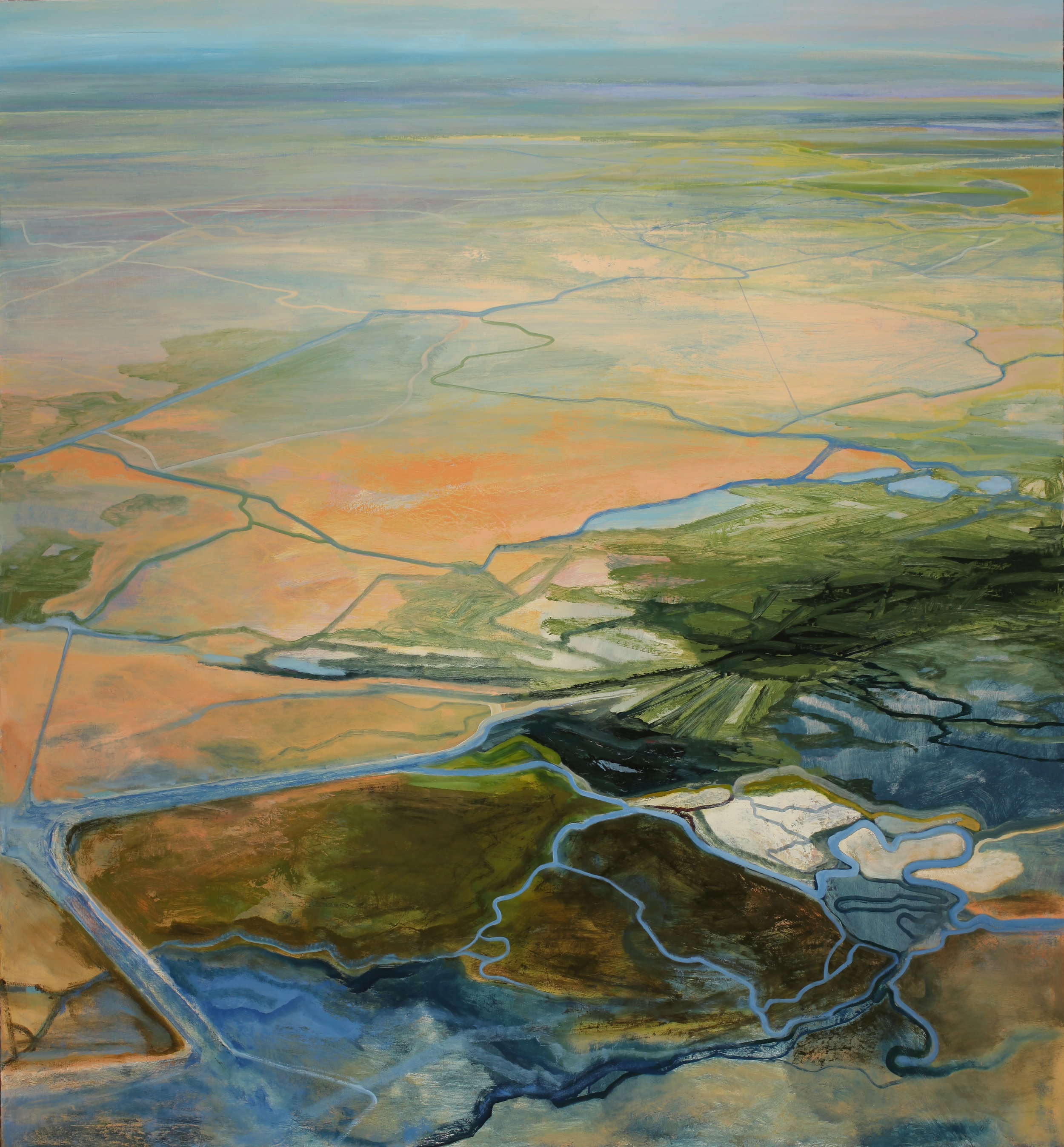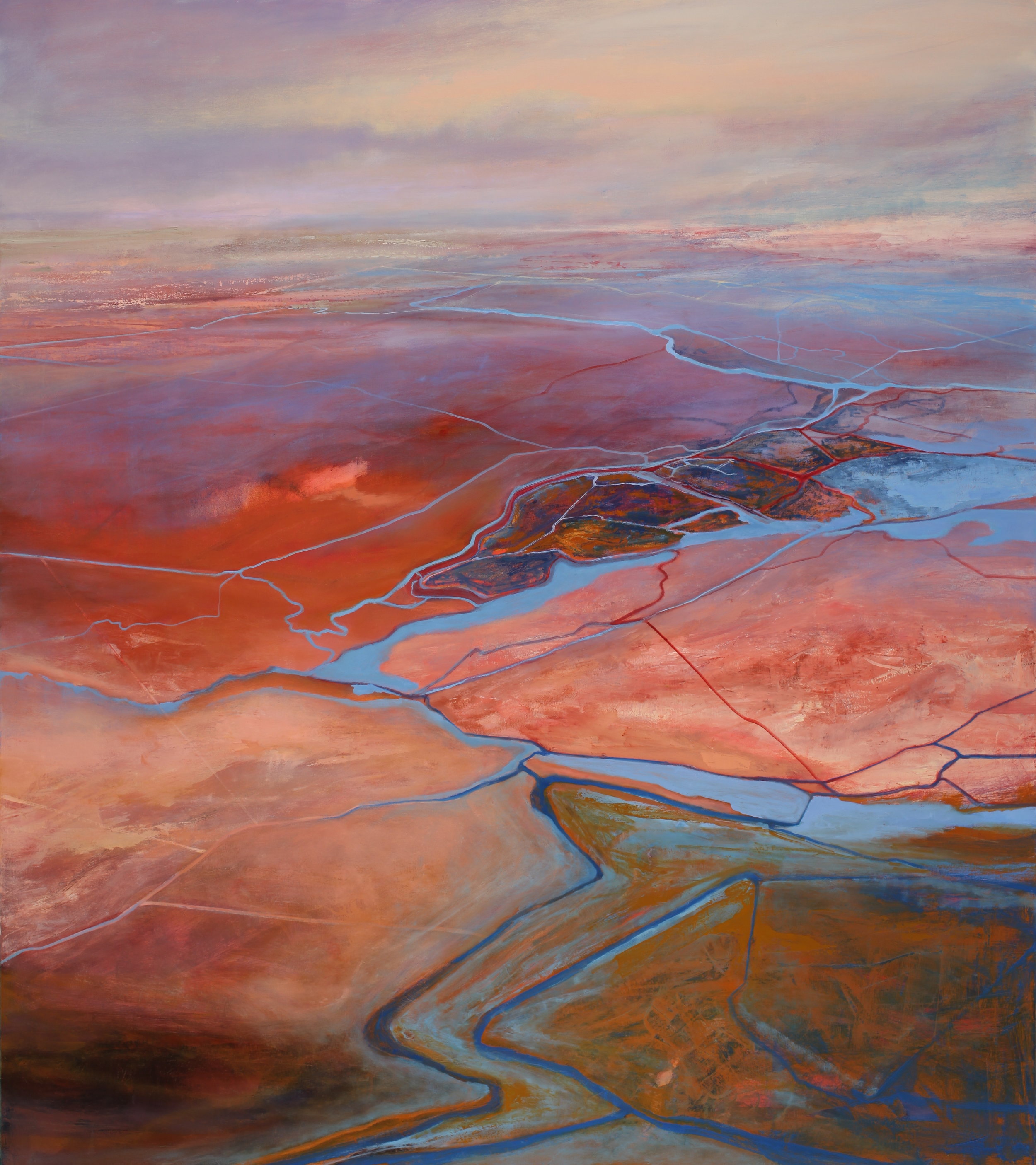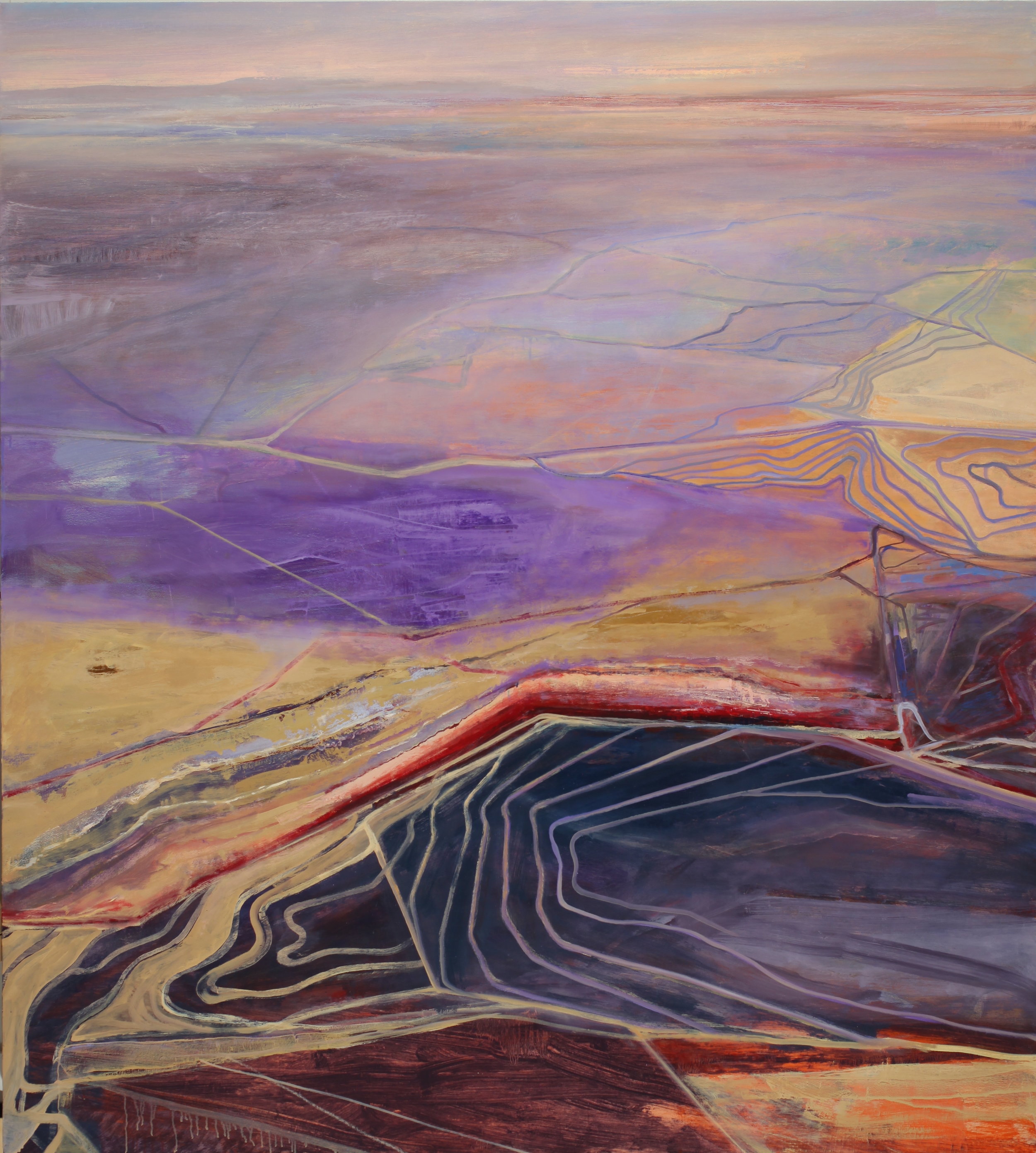By Phillip Levin, Lead Scientist, TNC; Professor of Practice, UW School of Environmental and Forest Sciences
And Philip Govedare, Professor of Painting & Drawing, UW School of Art, Art History and Design
The Intergovernmental Panel on Climate Change (IPCC)’s recent eye-opening report makes it clear that climate change is here now. There is no question that the global 1 degree Celsius rise in temperature above pre-industrial levels is the result of human activities, and it will likely reach 1.5 degrees in less than 15 years.
People and nature are weathering the impacts across the globe: more powerful hurricanes, worsening drought, melting glaciers and dying coral reefs. Closer to home, sea levels along Puget Sound have risen by more than 6 inches in the last century. Flooding from once-annual “king tides” will soon become a monthly or even daily occurrence. The sound, smells and sights from wildfire have increased nearly four-fold in the last 45 years. In the Skagit Valley, hotter and drier summers and water insecurity are compressing the harvest season.
Our environment surrounds us. It enfolds and engulfs us. And as we move through our world, we sense that it is changing.
Why don’t we act?
Our ability to perceive the scale of the changes around us is limited We are immersed in a global transformation, but we can only experience change from our own perspectives. To truly grasp the magnitude of planetary change, we must move outside of our own point of view.
The fusion of science and art opens this door, allowing us to transcend our insular perspectives and see mountaintops shift from white to brown as glaciers recede and polar oceans change to a deep, midnight blue as white sea ice retreats. From this broader vantage, we see regions where drought has withered vegetation and areas where rivers burst free of their boundaries.
Art inspires a shift in perspective



Surge, an exhibition at the Museum of Northwest Art presented in partnership with the Skagit Climate Science Consortium, is designed to draw attention to climate change and its impact on Washington’s coastal communities. Artists collaborated with scientists to expand perspectives on climate change. Our collaboration was founded in UW’s Earthlab. Surge provided us an opportunity to jointly interpret the natural world, and explore our anxiety about the condition of Washington’s landscapes today. Philip’s paintings present metaphors infused with a blend of celebration, apprehension and doubt about our place in the natural world.
Beyond the boiling frog
You may have heard the fable of the frog in a pot. If you plunge a frog into boiling water, it will immediately jump out. But if you place the frog into cool water and slowly heat it to boiling, the frog won’t notice and will slowly cook to death. This is often used as a metaphor for our experience of climate change—that we are slowly cooking ourselves and can’t notice. It is wrong. The truth is, if you slowly warm the water, the frog will notice. When the temperature crosses some threshold, the frog will feel uncomfortable and jump out.
As the globe warms around us, it may be that we are not willfully ignoring the signals; the threshold is too abstract. Art can provide the perspective to better comprehend our changing world and prompt us to jump.




























